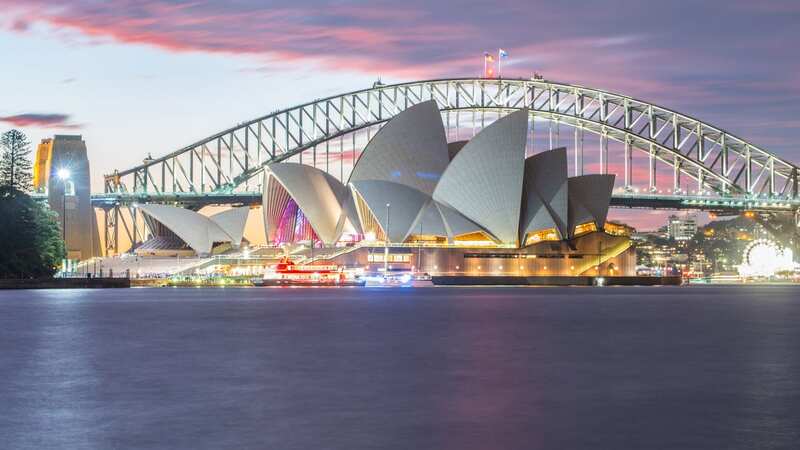'Our addiction to concrete for buildings is having a huge impact on the planet'

From the Sydney Opera House and the Burj Khalifa in Dubai to the magnificent Pantheon in Rome, concrete is the reason some of the world’s most impressive buildings exist.
It is also the key material for most tower blocks, car parks, bridges and dams. But our addiction to concrete is having a huge impact on the planet. Concrete is the most widely used man-made material – we produce 4.1 billion tons each year. It is second only to water as the most used substance on the planet.
Cement, the key ingredient in concrete, has a large carbon footprint, generating 2.8 billion tons of CO2 every year, more than any individual country other than China and the US. It accounts for 8% of all global man-made carbon emissions.
According to the Paris Agreement, carbon emissions from cement production need to fall by at least 16% by 2030 for the world to reach its target of keeping global warming within the limit of 1.5C and well below 2C.
At present, those emissions are increasing, driven in large part by mega construction projects in China. Architects also say the UK should help play a part to fight climate change by ending demolitions – responsible for an estimated 40,000 tons of CO2 emissions a year – in favour of upgrading buildings. Knocking down and rebuilding therefore creates two sets of emissions.
 Protesters planned to kidnap King Charles waxwork and hold it hostage
Protesters planned to kidnap King Charles waxwork and hold it hostage
Making bricks and steel also creates vast amounts of CO2, with the building industry responsible for 25% of the UK’s emissions. Last month, a planned demolition of the flagship Marks & Spencer store on London’s Oxford Street was overruled in part due to the carbon footprint. Doing so saved an estimated 40,000 tons of carbon, which would require the planting of 2.4 million trees to offset it.
Changing VAT rules which currently make it cheaper to rebuild than to refurbish a standing building, is one way to tackle the issue. Other options are to recycle as much of the old building as possible, especially the foundations, which need vast amounts of carbon-intensive cement. We must stop throwing away buildings like rubbish.
Read more similar news:
Comments:
comments powered by Disqus

































